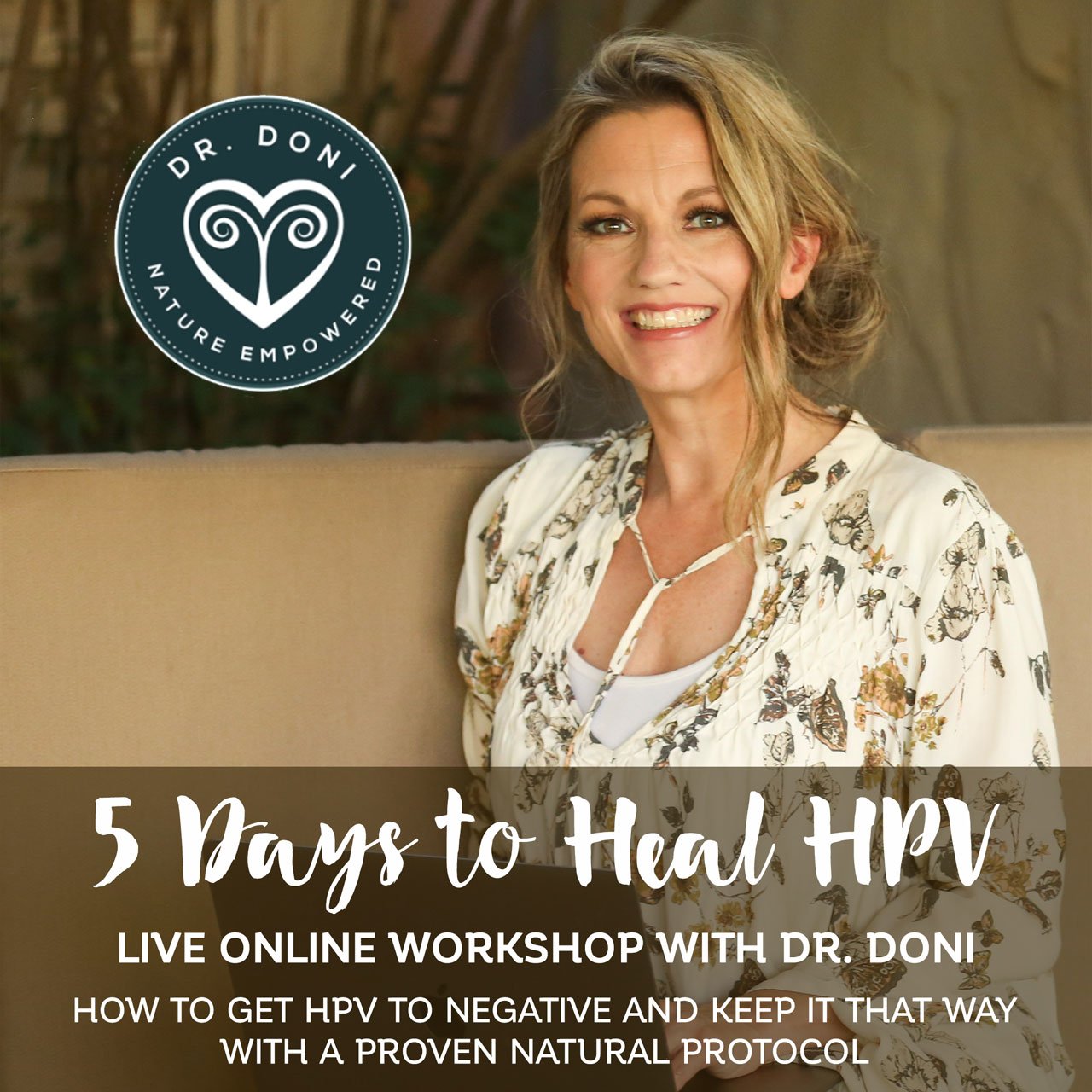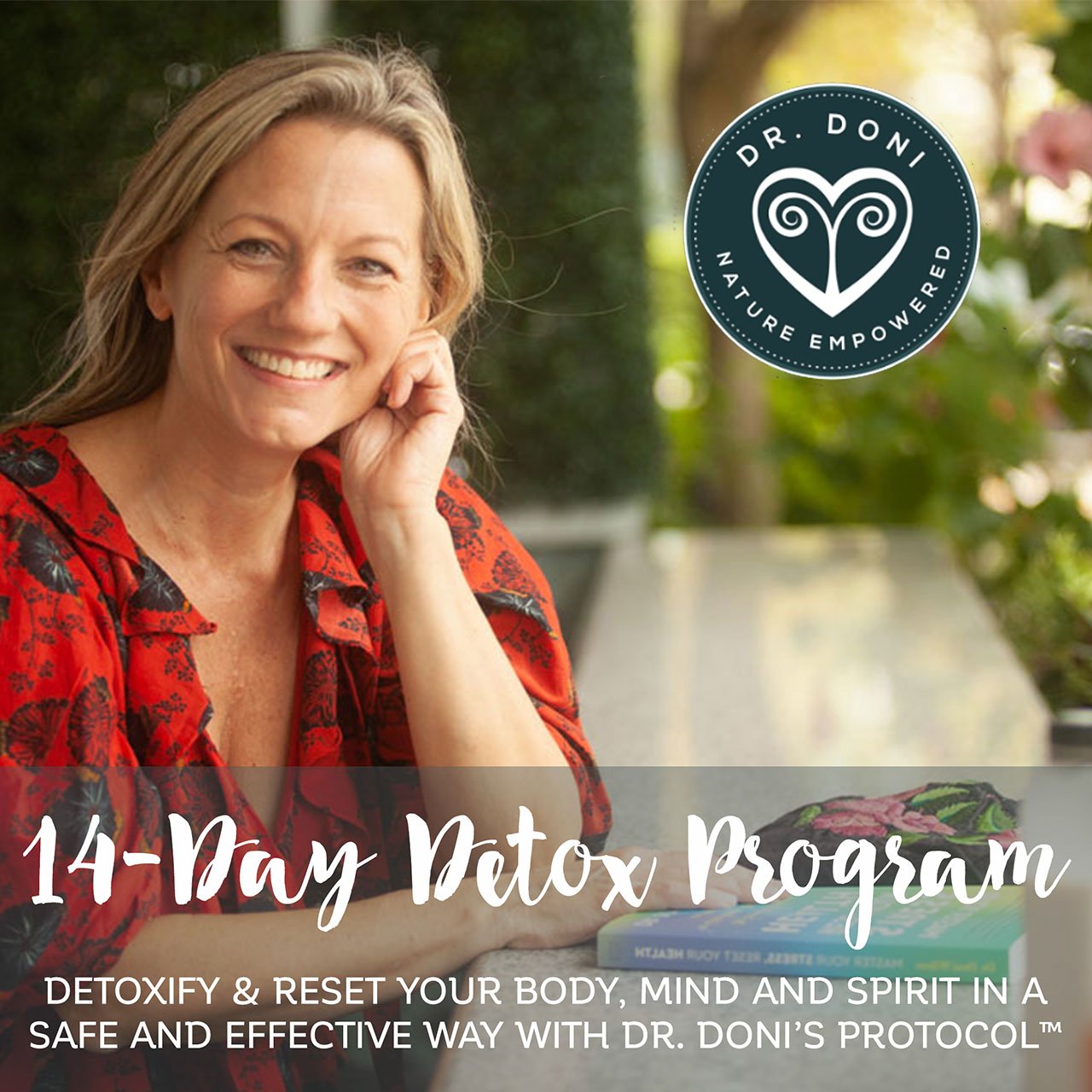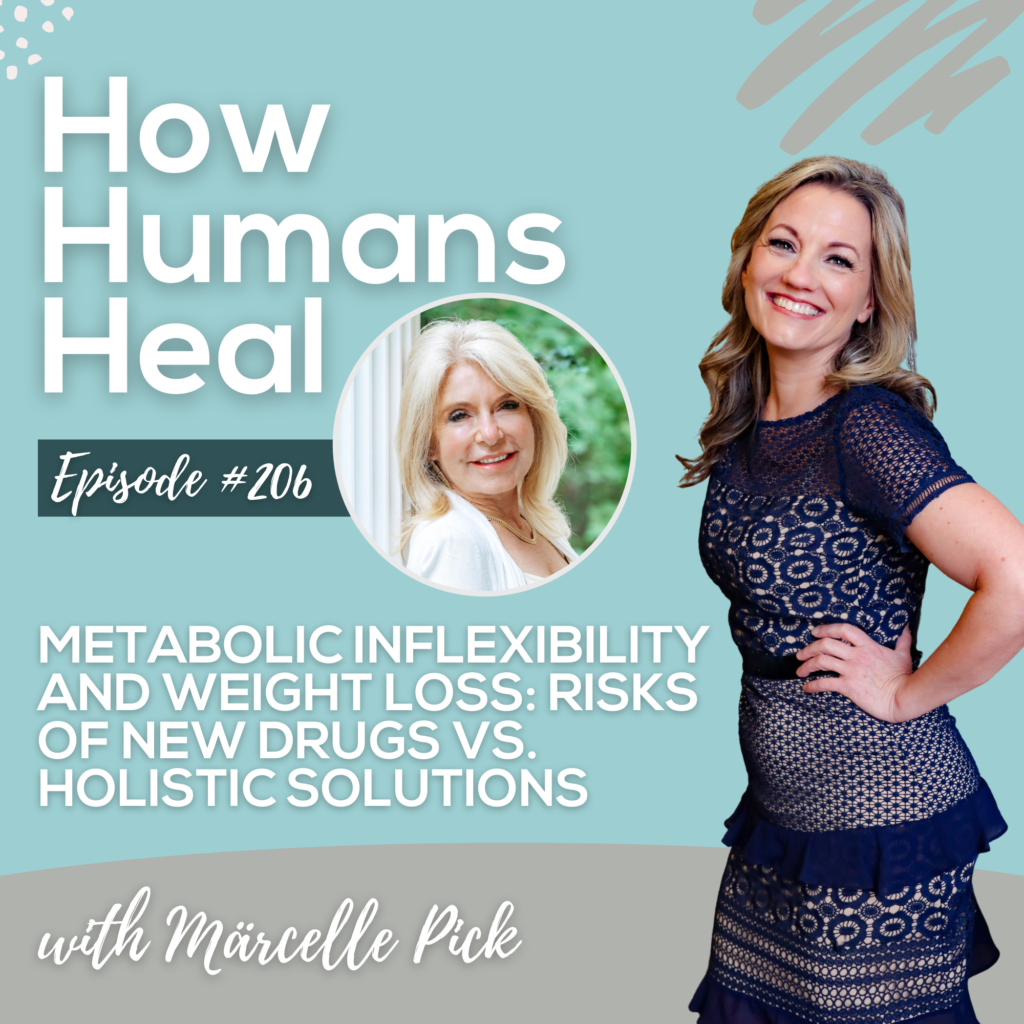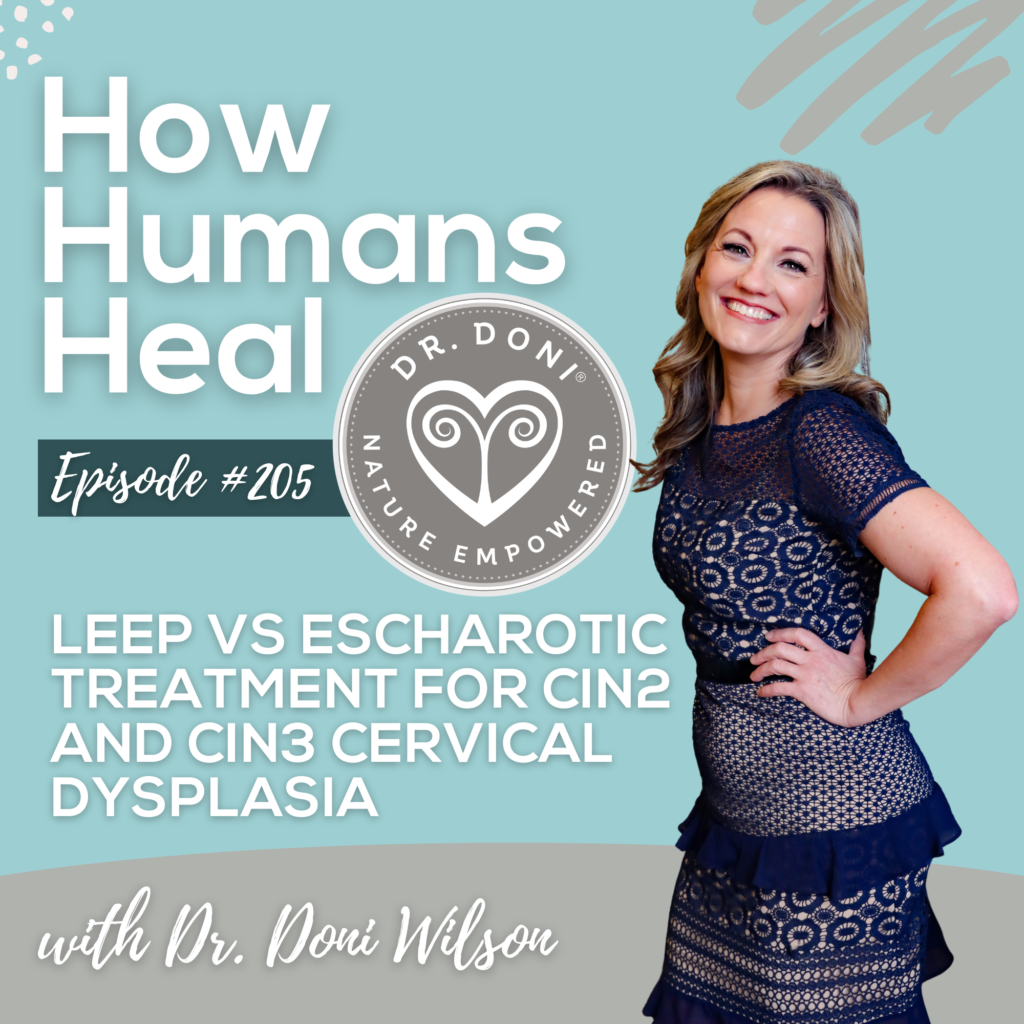
Can Self-Acceptance Actually Influence Our Physical Health?
- Home
- Oxidative Stress
- Can Self-Acceptance Actually Influence Our Physical Health?

Does how we feel about ourselves affect our physical health? Dr. Doni reviews new research on how self-acceptance can influence oxidative stress levels in our bodies.
Part 15 of Dr. Doni’s Series on Oxidative Stress
 When I sat down to write this week, I started to think about something I’ve often noticed my patients struggle with—feeling frustrated with themselves when they don’t feel well or their body doesn’t respond the way they think it should.
When I sat down to write this week, I started to think about something I’ve often noticed my patients struggle with—feeling frustrated with themselves when they don’t feel well or their body doesn’t respond the way they think it should.
It seems like they feel disconnected from themselves and from their bodies, as if somehow the mind and body are separate. The mind wants the body to perform in a certain way and the body is indicating that it’s not possible. This creates a feeling of frustration and wanting to blame someone or something.
The more we try to control the way our body responds, the less likely it is that we get the response we want.
Whether you want a headache to go away, to get a good night’s sleep, for your digestion to go well, or for your heart to stop racing, the more your frustration grows—the worse your symptoms become.
And, as much as we would like to go down to the “body store” and buy a new body that works properly and behaves exactly as it should, that’s just not going to happen. And so we are forced to confront our beliefs about self-acceptance at the very core and learn to accept the body we have, just as it is.
How to Get Started with Self-Acceptance
The author and researcher Dr. Brené Brown, focuses her work on understanding the human need for connection. In her books and TED talks, she talks about how connection is unraveled by fear of disconnection or shame. We all have a need for connection and, as contradictory as it may seem, Brené tells us that the one thing that keeps us out of connection is fear of not having connection.
According to her, connection with ourselves and with others comes from having a sense of worthiness, love and belonging, a belief that we are worthy of connection, and the courage to be imperfect.
Connection is a result of authenticity and vulnerability—a willingness to let go of who we think we should be, in order to be who we actually are, a willingness to stop controlling and instead, do something where there are no guarantees.
And so, as we embrace this way of being that involves seeing ourselves as worthy and loved as we are and apply this to our bodies as well as to ourselves, a different set of options become available to us.
Instead of fighting with our body to get it to do as we wish, we now see that it is when we accept what our body needs and aim to give it what it needs that we work with, instead of against, ourselves. And our health begins to improve.
I know that at first it can seem counter-intuitive to accept something about your body that you don’t want—weight, pain, nausea, etc—but what if you were able to think of those symptoms as your body telling you that it needs your help. Then, instead of judging and rejecting those symptoms as something you don’t want, they become signals that your body needs you to do something to help it feel better.
The Connection between Self-Acceptance and Oxidative Stress
Because I see these patterns so often in patients, I started to wonder if low self-acceptance increases oxidative stress, and sure enough, I found that it does. This is a new area of study and most studies are focused on specific aspects of this connection, so I reviewed the research to see if I could connect the dots. Here is what I found:
- Self-acceptance (different than acceptance of the pain) has been shown to increase the effectiveness of techniques used to decrease pain.
- Techniques that increase self-acceptance and connection with self, such as mindfulness meditation, can help conditions that are known to be caused by oxidative stress and inflammation, such as insomnia and anxiety.
- Rumination and worry (consistent with feeling disconnected) disrupt cortisol levels and causes stress in the body.
- It is possible to use heart rate variability testing to measure stress patterns associated with rumination and worry.
- Heart rate variability is correlated with higher oxidative stress and patterns associated with it (the higher your oxidative stress the less variation there is in your heart rate).
So when self-acceptance is lower, there is less heart rate variability (not what we want) and increased oxidative stress and the health issues that go along with that.
And when self-acceptance is higher, heart rate variability improves and oxidative stress decreases. All of this is to say that the more you can practice (and it is something we have to practice) and experience self-love, self-compassion, and self-acceptance, the better you will feel.
Wow! So the more you accept that your mind and body are connected and the more you accept that any unwanted symptoms are your body’s way of asking for your help, the more you will experience both the power of connection and improved health.
Tools to Help Increase Connection with Your Body
- You can check heart rate variability yourself with apps on your phone such as HRV4Training and Heart Rate Variability Logger. This way, you can evaluate what is stressing you most throughout the day and night and then take steps to adjust your schedule so as to decrease that stress.Remember that the less your heart rate varies, the more oxidative stress you have so this can be a great self-help tool to help you “connect” with your body and learn what is causing it stress so you can work with your body and make changes that will help you achieve optimal health.
- Mindfulness, meditation, and coloring (yes coloring, like with crayons) have all been shown to increase awareness and self-acceptance, and help your body recover from stress. There are also apps to you get started with these activities such as Meditation Studio, Calm, Headspace, and Recolor (for coloring on your phone).
- Breathing—yep, as simple as it sounds—also helps you connect with your body. This is because, when you focus on taking nice deep breaths, allowing your chest and abdomen to expand, it brings your attention to your body and away from your thoughts.Taking a few deep breaths when you feel stressed or can’t sleep (or simply any time you think of it) is also a great way to lower your oxidative stress by increasing the amount of oxygen in your body. Look for the apps Breathe2Relax and Breathe Well to learn more.
Wrapping Up
By integrating these tools into your daily routine, they can really help manage the symptoms of oxidative stress and help you accept the body you have and work with it to maintain optimal health.
If however, you find that your symptoms are not improving even when you implement these tools then it’s time to seek out a naturopathic doctor who can help you to investigate further to find the cause of the oxidative stress and help you recover.
To get a sense of what to expect when you meet with a naturopathic doctor, take a look at what I include when meeting with patients who are addressing oxidative stress for such conditions as fibromyalgia, chronic fatigue, dementia, diabetes, and more: Dr. Doni’s Autoimmunity Solutions Package.
As I wrap up this series of articles about oxidative stress, I’m looking forward to writing more about other kinds of stress and how understanding stress can benefit your health. To be sure to receive my next articles, please sign up for my Weekly Wellness Wisdom e-newsletter.
When you sign up for my e-newlsetter you’ll also receive a free ebook from me – A Guide to Adrenal Recovery – with many tips and tools for starting to address the impact of stress in your life and body.
Guidance for practitioners:
- Apps can be great tools to help patients understand their bodies and also to help track progress. HRV4Training allows you to print and analyze heart rate variability so you can discuss with your patients and help them to identify lifestyle changes.
- When patients let you know that they are feeling frustrated with the healing process, you may find that it helps for them to integrate deep breathing, meditation, and/or yoga in order to help them increase awareness and acceptance of their bodies.
If you’d like to learn more, you can sign up for practitioner updates from me here.
Dr Doni
–16th May 2016
References
- Trompetter HR1, Bohlmeijer ET1, Lamers SM1, Schreurs KM2. Positive Psychological Wellbeing Is Required for Online Self-Help Acceptance and Commitment Therapy for Chronic Pain to be Effective. Front Psychol. 2016 Mar 11;7:353. https://www.ncbi.nlm.nih.gov/pubmed/27014159
- Ong JC, Manber R, Segal Z, Xia Y, Shapiro S, Wyatt JK. Sleep. 2014 Sep 1;37(9):1553-63. A randomized controlled trial of mindfulness meditation for chronic insomnia.
- Hjeltnes A1, Binder PE2, Moltu C2,3, Dundas I2. Facing the fear of failure: An explorative qualitative study of client experiences in a mindfulness-based stress reduction program for university students with academic evaluation anxiety. Int J Qual Stud Health Well-being. 2015 Aug 20;10:27990. https://www.ncbi.nlm.nih.gov/pubmed/26297629
- Kuehner C1, Huffziger S, Liebsch K. Rumination, distraction and mindful self-focus: effects on mood, dysfunctional attitudes and cortisol stress response. Psychol Med. 2009 Feb;39(2):219-28. https://www.ncbi.nlm.nih.gov/pubmed/?term=self-acceptance%2C+cortisol
- Woody ML1, Burkhouse KL, Birk SL, Gibb BE. Brooding rumination and cardiovascular reactivity to a laboratory-based interpersonal stressor. Psychophysiology. 2015 May;52(5):722-5. https://www.ncbi.nlm.nih.gov/pubmed/25512247
- Cherkas A, Abrahamovych O, Golota S, Nersesyan A, Pichler C, Serhiyenko V, Knasmüller S, Zarkovic N, Eckl P. The correlations of glycated hemoglobin and carbohydrate metabolism parameters with heart rate variability in apparently healthy sedentary young male subjects. Redox Biol. 2015 Aug;5:301-7 https://www.ncbi.nlm.nih.gov/pubmed/26092779
- Fadaee SB1, Beetham KS1, Howden EJ2, Stanton T3,4, Isbel NM3,5, Coombes JS1. Oxidative stress is associated with decreased heart rate variability in patients with chronic kidney disease. Redox Rep. 2016 Apr 19:1-8. https://www.ncbi.nlm.nih.gov/pubmed/27090392
Share this Post:
Dr. Doni Wilson's Team
14 Day Detox Program
Take the Stress Type Quiz
Dr. Doni Social Media
Popular Posts

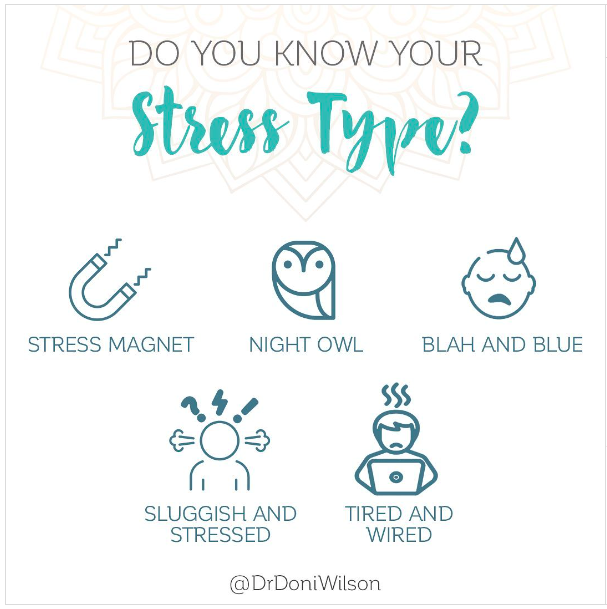
The 5 Burnout Types
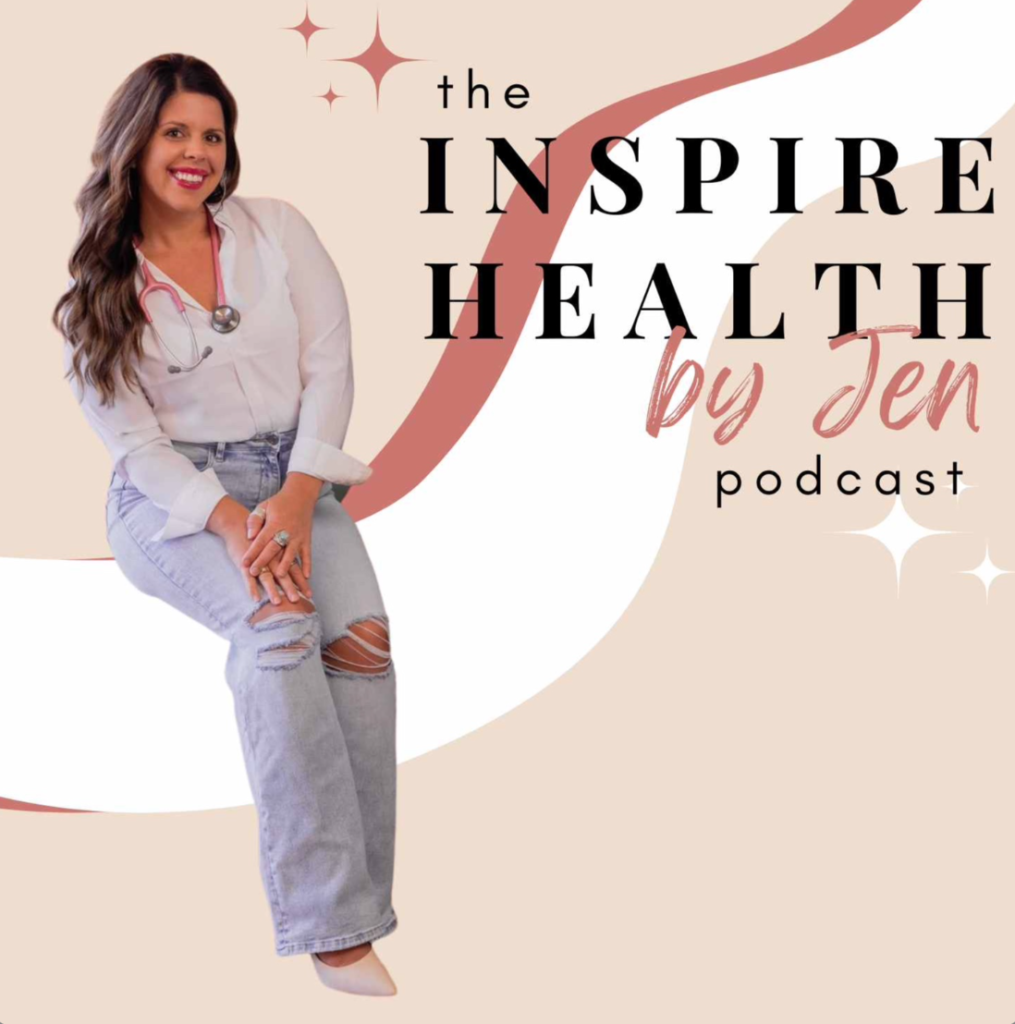
Healing HPV Holistically: Dr. Doni on the Inspire Health by Jen Podcast
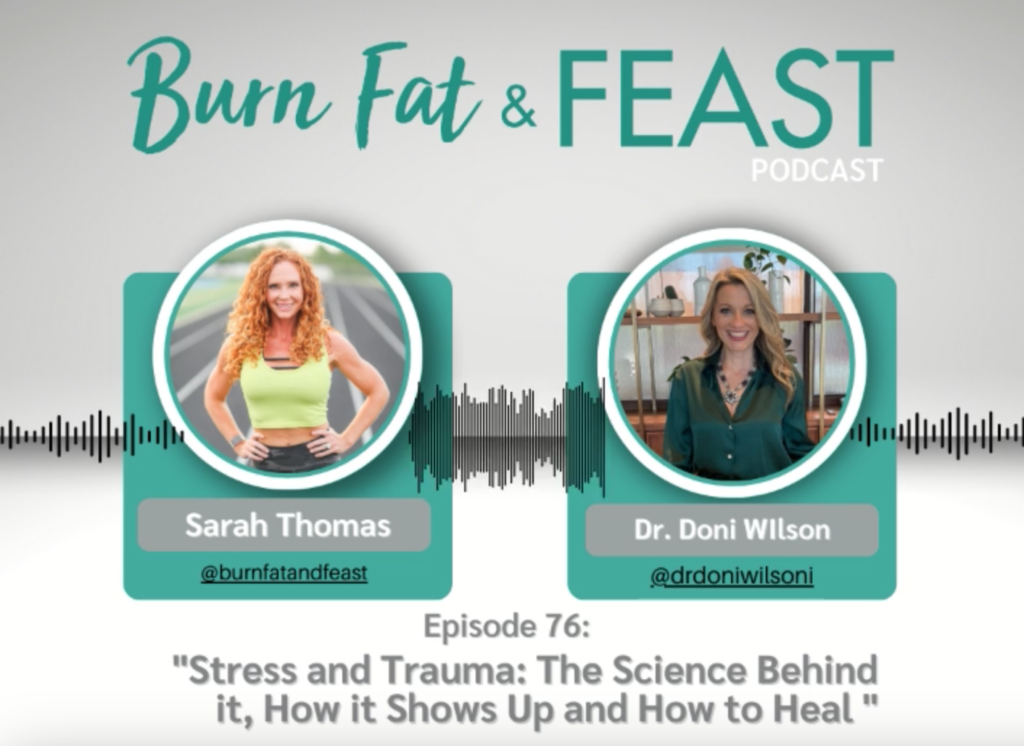
Recent Podcasts
Signup to receive our weekly newsletter with all the latest news, podcasts and special offers
New Book - Order Today!

SIMPLE PRACTICES for SHIFTING FROM YOUR STATE of STRESS to YOUR FLOW and FREEDOM
MASTER YOUR STRESS
RESET YOUR HEALTH
Order Now! Related Posts

What is making you susceptible to HPV?
I have been working with women who had abnormal cells on their cervix and/or vaginally, caused by HPV for over 20 years now. And while

The 5 Burnout Types
Did you know there are 5 burnout types? They are based on your Stress Type®, which is how your adrenal function has been affected by
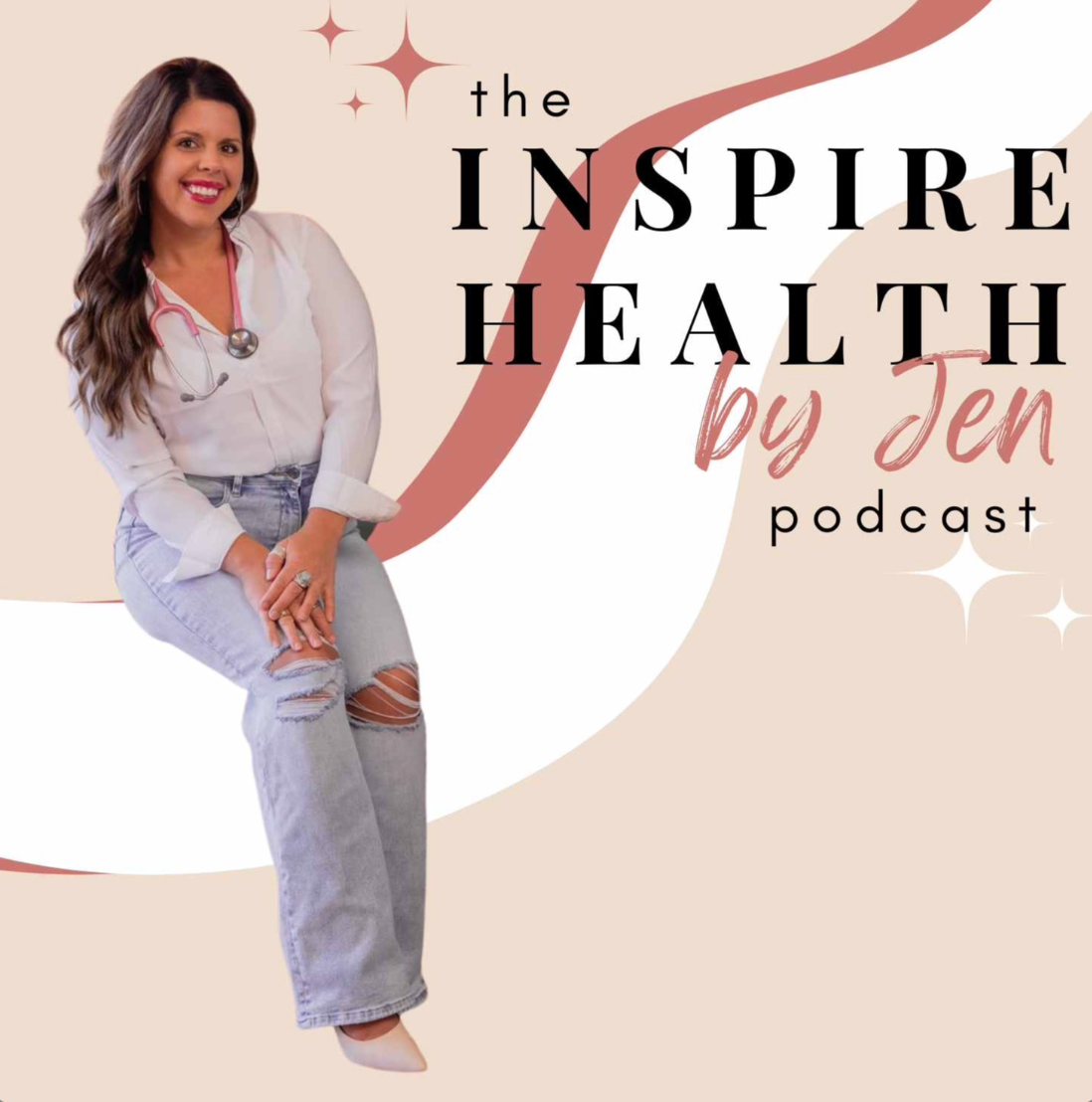
Healing HPV Holistically: Dr. Doni on the Inspire Health by Jen Podcast
Dr. Doni was interviewed by Jen Ciszewski on the Inspire Health by Jen Podcast, talking about how to heal away HPV from your body for good.
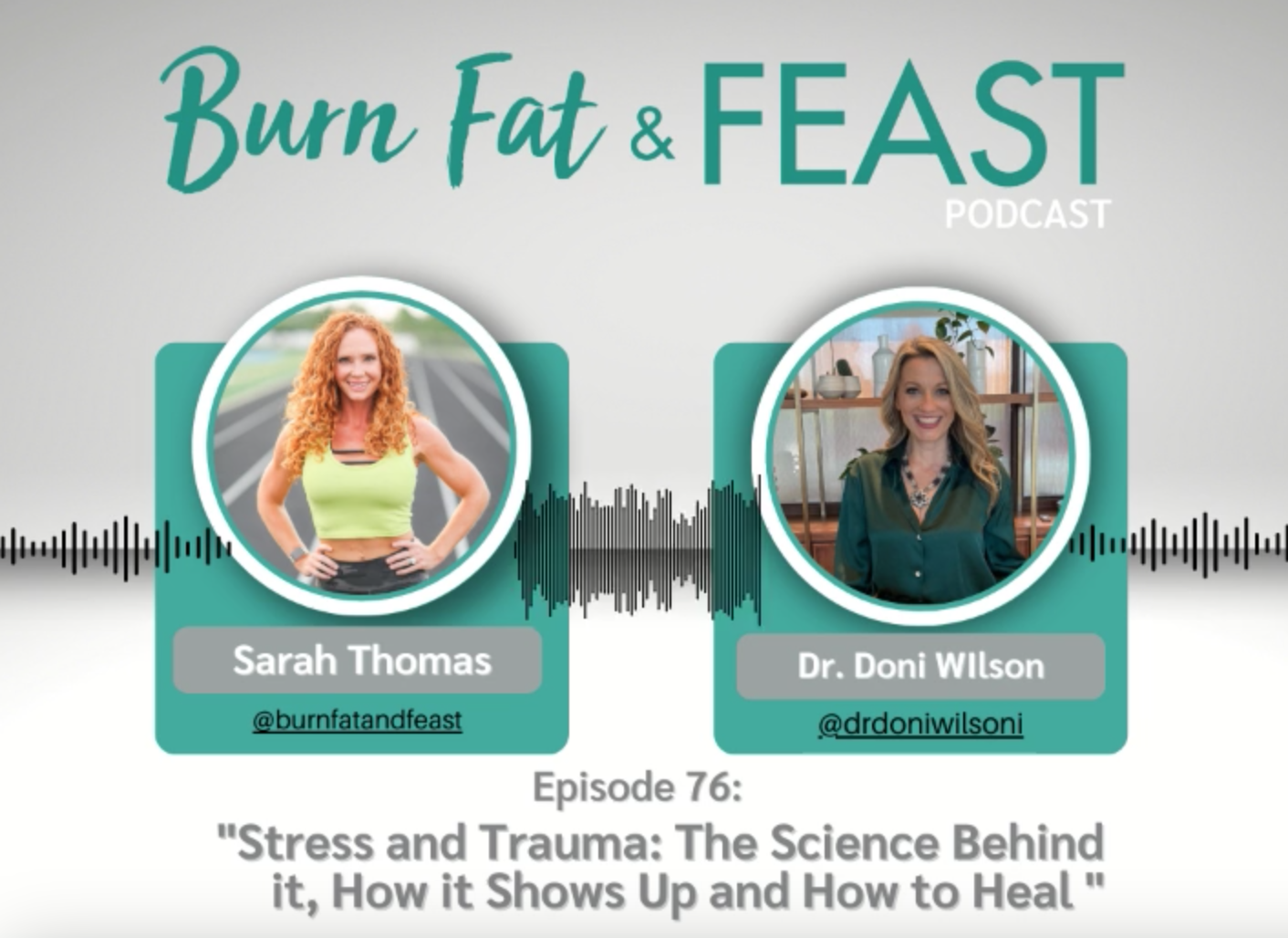
Stress and Trauma: The Science Behind It, How It Shows Up and How to Heal: Dr. Doni on The Burn Fat and FEAST Podcast
Dr. Doni was interviewed by Sarah B. Thomas on the Burn Fat and FEAST Podcast, talking about the impact of stress and trauma on our health and what to do to recover from them.

